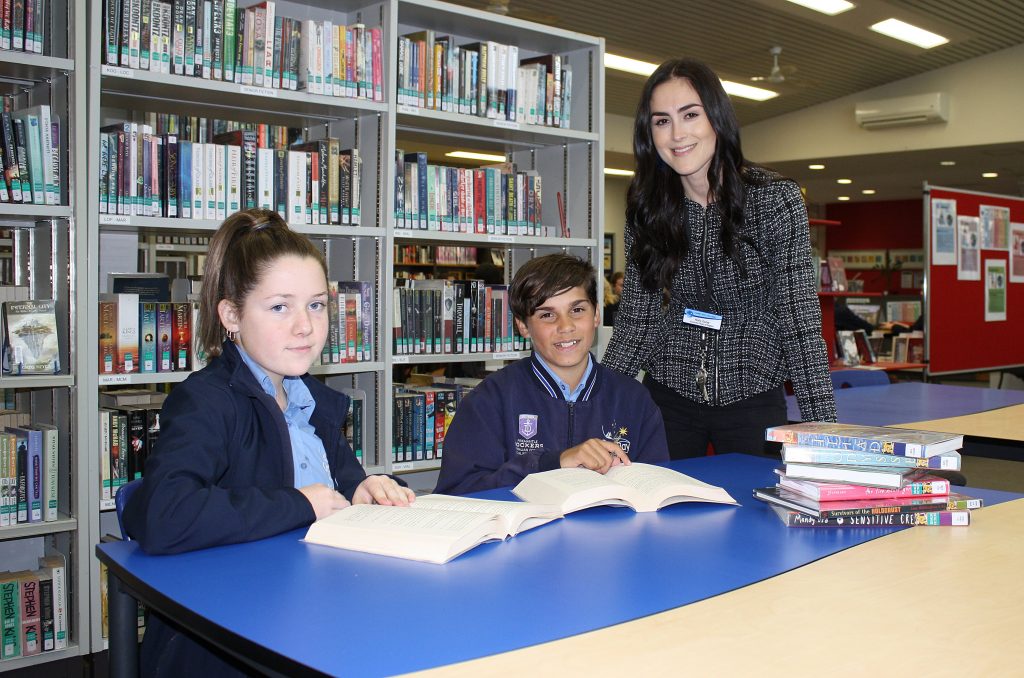An intense intervention program helping our students close the gaps in their literacy abilities is demonstrating remarkable success.
Literacy intervention is a Targeted Learning Program (TLP) which uses Direct Instructional teaching methods to identify, remediate and resolve literacy issues.
Associate Principal Joanna Harmer said the program was introduced last year for Year 8 students and expanded include Year 7 students this year, after generating great results.
“We identified a need in our student community to provide extra assistance in the field of literacy,” Mrs Harmer said.
“There were several students that showed a need for improved spelling, reading and comprehension, and writing – the basic literacy building blocks.
“The students we engaged in the program were from a range of academic abilities, but all displayed gaps in their literacy skills. Literacy gaps develop for a number of reasons, such as students missing too much school to those not having good learning experiences in earlier years, and it can show in a number of ways – it may be as simple as a child lacking confidence when reading in front of others.
“What we have learned is the normal English program doesn’t close this gap, and if we don’t help them close it through intense intervention, the students are going to have difficulty progressing.”
About 100 students have completed the Targeted Learning Program at Comet Bay College.
Mrs Harmer said the students were able to return to their mainstream English classes with renewed confidence.
“Some students have shown more than two years’ improvement in their spelling age in as little as six months,” she said.
“It has enabled us to help close the literacy gap in a very small amount of time, and this has a flow-on affect for the students’ education across all learning areas.
“If we can catch the literacy gap early, and provide the intervention and support the student needs, we give them great foundations to progress through high school.”
Associate Dean of English Holly Guise said the feedback from the students was positive.
“More than anything, students gained confidence in their abilities to read aloud and apply their knowledge of letter-sound relationships to pronounce different words in creative and informative texts,” Ms Guise said.
“Their testing shows an improvement in their fluency in reading – which includes their speed, accuracy and expression – as well as in their comprehension.
“Some of my students started the program reading about 200 words in a two-minute test, and left able to read more than 300 words in a more complex text.”
Year 9 student Stevie Aitken completed the program last year described it as highly beneficial.
“I have never had the confidence to read aloud before, but now it is not a problem,” she said.
“My dad told me to seize this opportunity because they don’t always offer these types of programs in school.”

